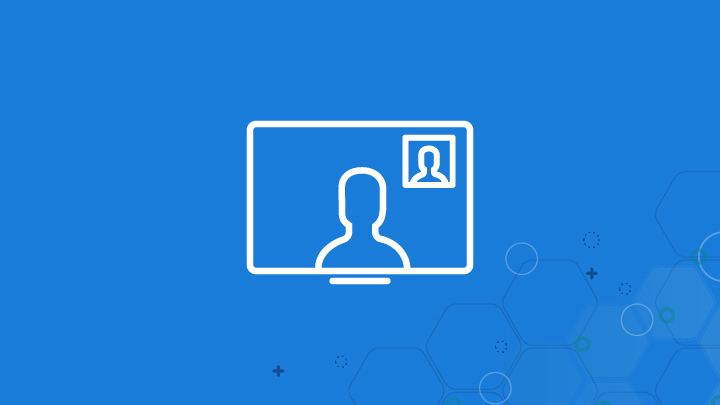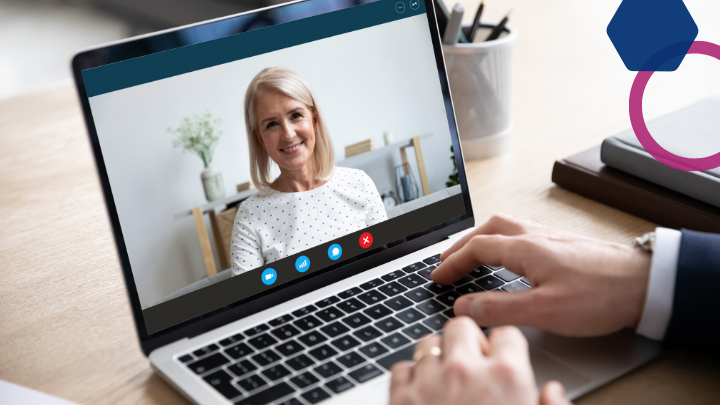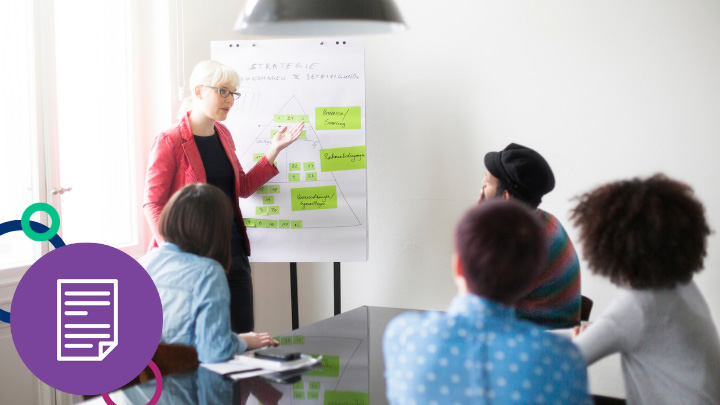Whether you’re an administrator, teacher leader, or practicing educator, you’ve likely done it. Done what? If you’ve participated in a professional development session, you were likely one of many participants who spent the time grading papers, checking-in on online classrooms, scrolling and cleaning out their inboxes, and putting out fires via text message. You might be thinking, “You’ve caught me.”
If not, congratulations! You’re a lucky part of the 29% of educators who are satisfied with and engaged in their professional development. In a 2014 study published by the Bill and Melinda Gates Foundation, most teachers indicated that their professional development was not helping them prepare for the changing nature of their jobs, including using technology and learning tools, analyzing student data to differentiate instruction, and implementing updated standards. Additionally, even though educators shared that some administrators were attempting to personalize professional development through learning communities (PLCs) and coaching, these options weren’t always addressing the individual needs of all participants.
Unfortunately, low-quality teacher professional development is tied to high teacher turnover. As shown in our recent White Paper, “Tackling Teacher Retention with Instructional Coaching,” high-quality PD for teachers is a key component in ensuring teachers they have the support they need to continue teaching in their school.
Thinking about my own experience, getting access to targeted professional development is especially challenging for rural educators whose schools are often not in a position to provide differentiated professional support due to the high cost and limited access to expertise in their content areas.
So, what type of professional development might provide the personalized support educators feel they are missing, while connecting them to content and pedagogical experts whose focus is on up-to-date educational needs and best practices?
Bridge the Gap with Virtual Coaching
Virtual coaching, in its various forms, is one approach to addressing engagement issues with professional development. During virtual coaching, an educator is paired with an experienced coach. Via virtual calls such as a video conferences, participants are supported by their coach to name and accomplish goals, tackle challenges, and/or make instructional shifts in their practice. Although this may sound a lot like school-based instructional coaching, it’s not. Virtual coaching is hyper-centered on each participant and is solely focused on supporting him or her in driving their learning in a non-evaluative way.
As you consider virtual coaching as a professional development support to address teacher engagement, here are three factors we think are important to consider when trying to mobilize coaching in your school:
Build Professional Development Around How Adult Learners Learn
As pre-service teachers, we were taught education theories and strategies for engaging students in the classroom. Some common strategies our professors may have shared were to make our lessons hands-on and interactive, and to get students to do the majority of the thinking. However, when we do a comparison between what we were advised to do as pre-service teachers and the types of training we are asked to engage in as in-service educators, there is a disconnect. Kolb’s Experiential Learning Theory, a theory focused on learners experiencing, reflecting on their experiences, and using their learning in the future, is widely used as a framework in research on adult learning. With this theory in mind, BetterLesson has built virtual coaching around engaging adult learners in the ways they actually learn. Using the Teach-Measure-Learn Cycle, virtual coaches center their coaching around supporting participants to engage in personalized experiences aligned to students’ needs and leveraging reflection to highlight strengths and areas of continued opportunity.
For example, during a typical coaching session, I use strategic questioning to help a teacher debrief the implementation of an instructional strategy while collaboratively viewing uploaded video or student work samples. As they share about the implementation, I support them to deeply reflect by identifying strengths, areas of growth, and modifications they would like to make during their next implementation. Together, we use the teacher’s experiences to decide on the teacher’s next targeted moves in the classroom. From the perspective of Kolb’s Experiential Learning Theory (1984), virtual coaching supports teachers to use their classroom experience to build understanding, modify their assumptions, and shift future practices.
Tailor Instructional Supports and Content
When I was initially learning manual photography, I’d manipulate settings on my camera, capture a photo, and reflect on the image. When I wasn’t sure what settings to use to capture an object in a certain way, I’d use targeted resources like YouTube, a section of a photography course, and print-materials to help me understand the process. As I reflect on my role as a virtual coach, I draw many similarities between virtual coaching and learning manual photography. With virtual coaching, the coach is the expert who provides targeted support for the teacher. On a virtual call or via e-mail, the coach can ask targeted questions or share the right strategy or content resource to support a teacher in taking strategic steps to accomplish their goals. Unlike one-size-fits-all professional development, a virtual coach uses his or her understanding of what the teacher needs in the moment and intentionally adjusts, with the teacher’s goals in mind, when the teacher’s plans change. As a result of the differentiated support, teachers continue to engage in work that is meaningful and aligned to their current educational needs.
Humanize Professional Development
Imagine you’re at a potluck and you’re engaging in a one-on-one conversation with another educator. As you converse, you notice the person you’re talking to is intently listening, asking questions, and sharing personal experience to help you unearth a solution to your problem. You feel heard, supported, and more knowledgeable about how to fix your current situation; you want to continue to talk to this individual. Virtual coaching is kind of like a really good conversation at a potluck. Although strategies, evidence, and reflections play an important role in virtual coaching, the real power of virtual coaching is the building of a positive relationship with an instructional expert you’ve never met in-person. That expert is wholly invested in learning more about you as a person and educator in order to leverage your strengths to benefit your students. When you’ve built this relationship with your coach, you seek out the conversations and want to learn and grow with this person’s support. Virtual coaching has been known to bring the human back into professional development.
Addressing Engagement with Virtual Coaching
As administrators, teacher leaders, or practicing educators, we have a strong desire to engage in professional development that brings increased meaningfulness into our work. We want to feel engaged in work that has a purpose, is job-embedded, and will positively impact our students and school community. Mobilizing coaching might actually be the pathway for providing the targeted support teachers in your district need to stay engaged in your vision.
If you’d like to learn more about the impact high-quality instructional coaching can have on teacher satisfaction and retention, read our white paper, Tackling Teacher Turnover with Instructional Coaching.
Resources
- Hyperlinked in the text “Kolb’s Experiential Learning Theory”: https://www.verywellmind.com/experiential-learning-2795154
- Hyperlinked in the text “Teach-Measure-Learn Cycle: /strategy/130/try-measure-learn-tml-the-heart-of-continuous-improvement?from=search
References
- Bill and Melinda Gates Foundation, & Boston Consulting Group (BCG). (2014). Teachers Know Best: Teachers’ Views on Professional Development. Bill & Melinda Gates Foundation. Bill & Melinda Gates Foundation. Retrieved from http://k12education.gatesfoundation.org/resource/teachers-know-best-teachers-views-on-professional-development/
- Kolb, D. A. (1984). Experiential learning: Experience as the source of learning and development. Englewood Cliffs, NJ: Prentice Hall, 1984.








